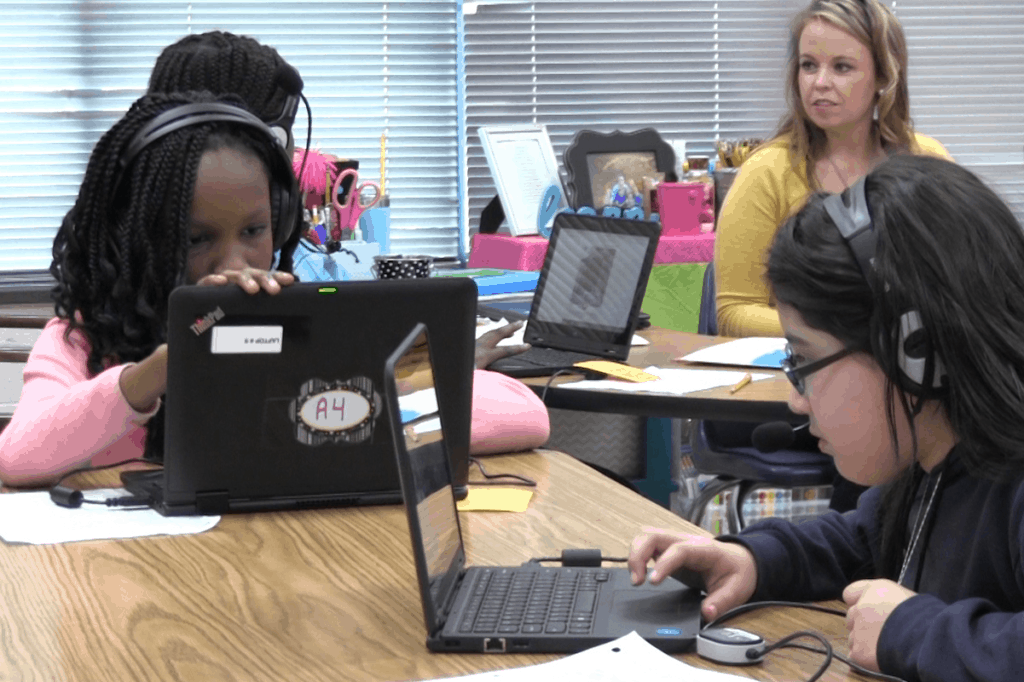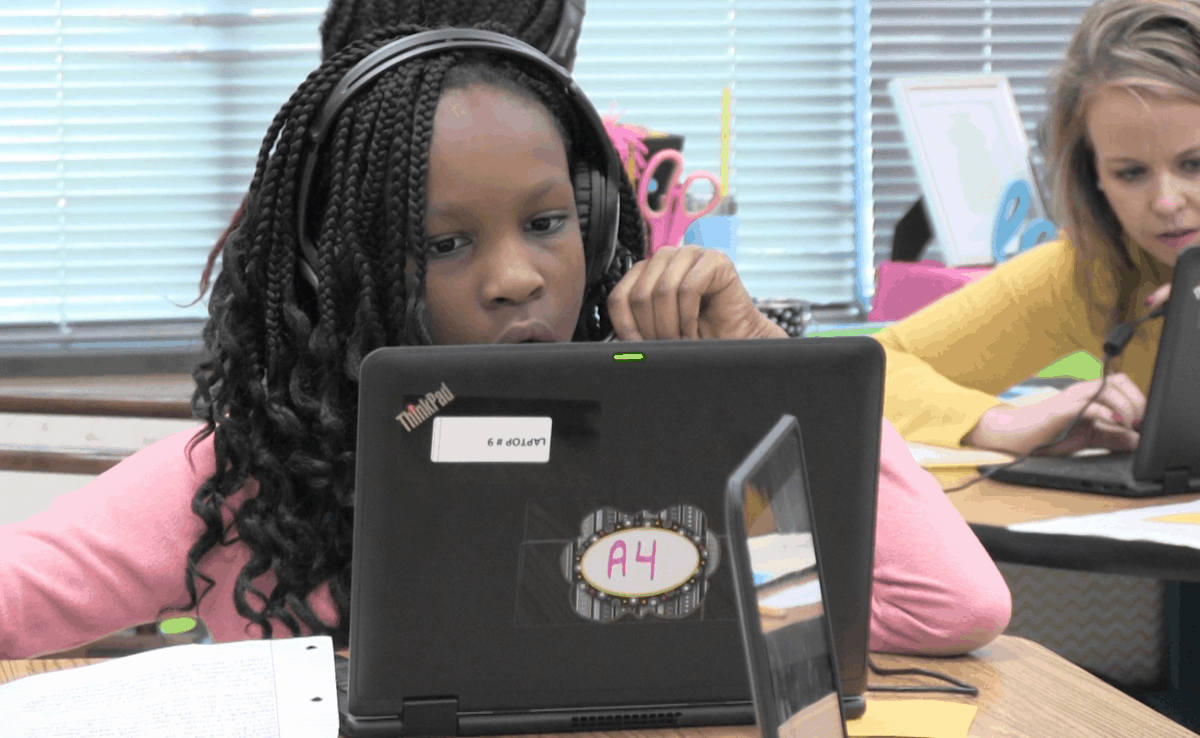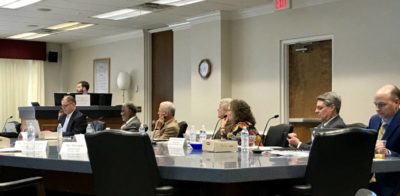As soon as students enter my classroom for a small-group session, I know what question is coming:
“Are we going to record?”
Elementary school students love using technology. But teachers must use students’ valuable learning time wisely: Technology should be meaningful, data-driven, and help meet our learning goals. Our students are digital natives, so they’re confident with technology; it can give them the freedom to share their thoughts and think critically about both their own and their peers’ work.
As an Opportunity Culture multi-classroom leader for third through fifth grades, I lead my small teaching team to make smart — and fun— choices for tech-enhanced learning. Among the tech we use: two-way video recordings and QR (quick response) codes for assessments and self-study.
Two-way video recordings
With small reading groups, I’ll record myself in a short clip — two minutes at most — giving them verbal directions. They write a short response about what we’ve just read, then record a video of themselves responding. All students in the group can see what the others posted, and they provide peer feedback online. I also give feedback, and they respond to my feedback. It becomes an ongoing discussion, but with time to reflect on their work and to help one another. When they give feedback online, they give more thoughtful responses. And when they make a video clip about their work, they feel like You-Tubers!
Why use video recordings?
- More time for instruction. Instead of presenting one by one, all students are presenting at the same time: Using headphones and microphones, and spread around the room to avoid distracting one another, they each record and post a video on their devices. We use five or 10 minutes for what might have taken an hour, leaving more time for feedback.
- Less teacher planning time. I’m not spending time making and checking worksheets; I write what I will record for their directions, but then I have time to listen to their responses (for which I have set length limits) as they come in.
- Personalized instruction and feedback. I can tailor the instruction and the tool to each child’s level and learning needs. A student who struggled with reading but had oral comprehension through the roof, for example, provided more detail in videos than in written assignments. Sometimes educators just check written work for correct answers, without explanations or feedback. But kids love (and need) individualized feedback! When students hear and watch me give them personal feedback on video, they soar.
- Elevating every child’s voice. Video helps students who are shy or lack the confidence to speak in groups. I saw one shy student become a whole new child when making a short clip of herself and providing feedback to others. She felt safe and secure without everybody watching her. That let me fully understand her thinking, and she built up her self-confidence. This levels the playing field. As we all know, one student can dominate a conversation, but now everybody’s opinion gets valued and heard equally.
- Developing student leadership. Students love to give peer feedback because they can take ownership of their learning, and they’re acting as peer coaches. This creates a community of learning. We teach them how to give feedback appropriately. We remind them to look for good things to praise and to provide positive suggestions to improve. They don’t say things like “you can’t do this.” They say, “maybe you should try,” modeling respect throughout the room.
- Accountability. Anyone—other educators, parents, and students themselves—can review our work. This lets parents and other educators see what really happens in the classroom. In addition, for videos and QR bar codes, we create rubrics to check whether we and students use the technology correctly, and measure students’ growth with these tools.
- Seeing teacher growth in action. I see the online work of all students and the feedback the teachers give. That helps guide me support, coach, and develop my teachers.
- Seeing student growth in action. With short videos, students and parents can monitor their progress throughout the year. Students can really see their personal growth in how they analyze questions and present information.


QR codes in the classroom
In addition to using video recordings, we also embed QR codes in students’ learning center activities. Students circle their answers in pen (so they can’t change answers later), then scan the QR code to check their work. They must explain why any answers were wrong, and we give feedback after that. Using QR codes saves time and lets students focus on their individual learning gaps.
Note that these methods aren’t the pre-made, kill-and-drill tech. My team uses technology to meet our instructional goals. We embed technology into proven activities to make them even more engaging.
As the multi-classroom leader, I’m able to select and refine technology, easing the burden on my teachers and ensuring that the whole team uses consistent, high-quality tools. I started by searching online for “teacher support group for technology.” Teachers happily share what tech they have tried and how it affects their students. I logged into programs as a student to test them, ensuring that I was comfortable with anything I introduced to students. But I also was open with students that this was a new tool that we were going to learn together. By making myself vulnerable as a teacher to say, “I didn’t have all the answers,” students learned that it was OK to make mistakes and try something new.
Technology is our students’ normal. If we’re not meeting them at their normal, we’re putting them at a disadvantage later in life.
This isn’t about changing what they learn; we strive for rigorous, high-quality content as always. We’re simply adapting to how they learn best — getting engaged in and accountable for their learning.





